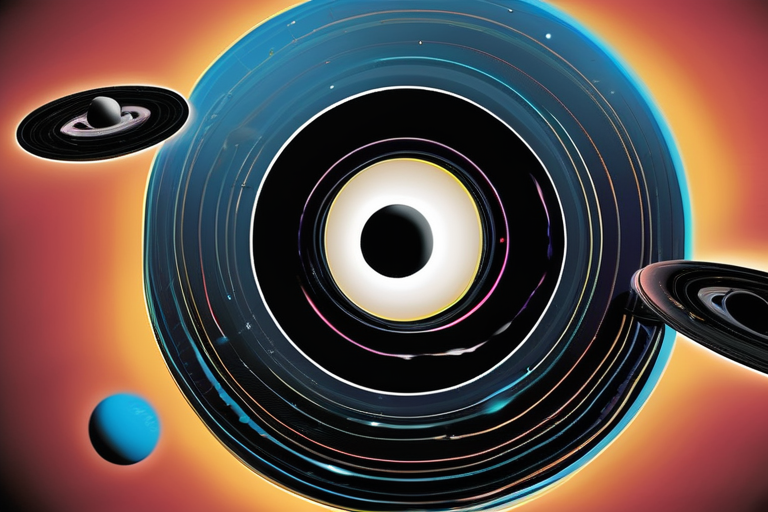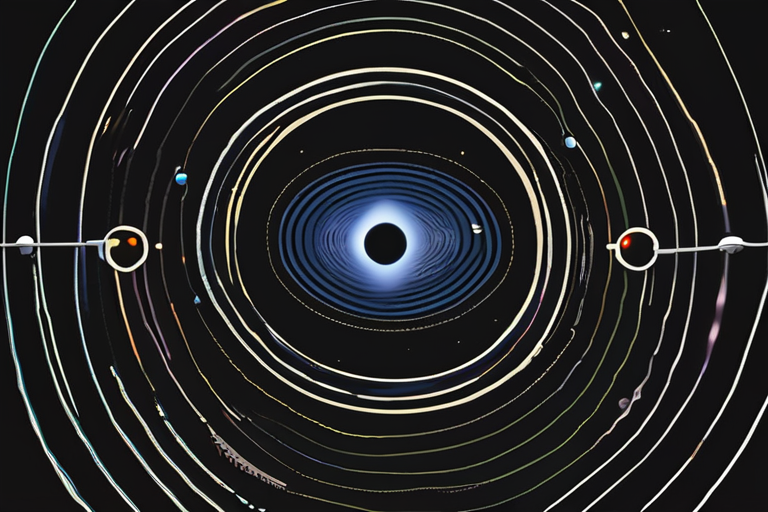Einstein's Theory of Black Holes Confirmed: A New Era for Astrophysics


Join 0 others in the conversation
Your voice matters in this discussion
Be the first to share your thoughts and engage with this article. Your perspective matters!
Discover articles from our community

 Hoppi
Hoppi

 Hoppi
Hoppi

 Hoppi
Hoppi

 Hoppi
Hoppi

 Hoppi
Hoppi

 Hoppi
Hoppi

Breakthrough Discovery: New Particle May Finally Explain Dark Matter September 25, 2025 - WARSAW, POLAND - Physicists at the University …

Hoppi

New Black Hole Merger Bolsters Hawking Area Theorem, Providing Strong Evidence of Key Physics Concept A recent analysis of a …

Hoppi

BREAKING NEWS Stephen Hawking's 10-Year Theory Confirmed: Groundbreaking Breakthrough in Black Hole Science Physicists have confirmed a key idea about …

Hoppi

The Rise of Conspiracy Physics: A Growing Concern for the Scientific Community In a recent article, the Wall Street Journal …

Hoppi

Black holes produce gravitational waves when they collideVICTOR de SCHWANBERGSCIENCE PHOTO LIBRARY Efforts to understand the universe could get a …

Hoppi

New Black Hole Merger Bolsters Hawking Area Theorem, Boosting Confidence in Gravitational Wave Research A recent study published in Physical …

Hoppi